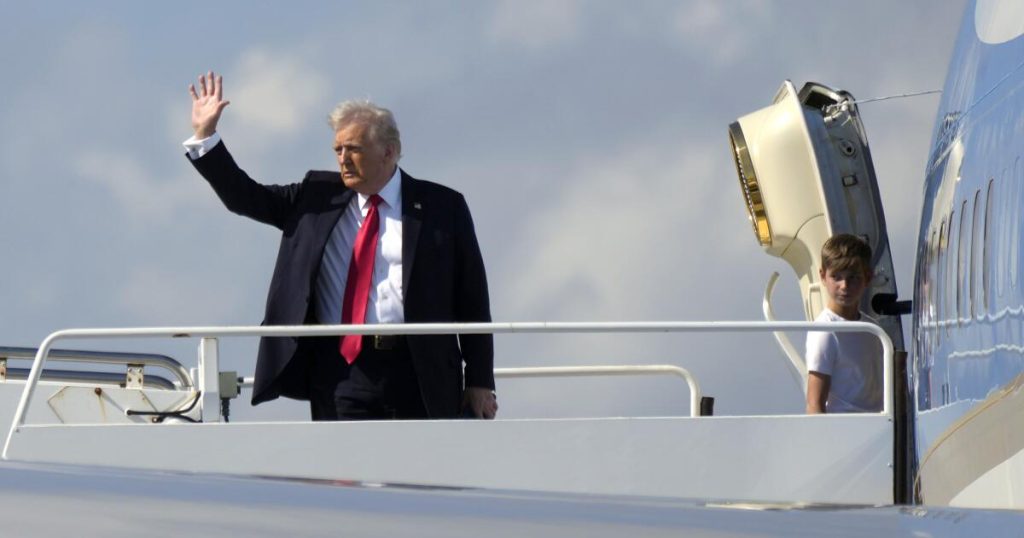Introduction to Trump’s Tariff Announcements
In a significant move, President Donald Trump announced new tariffs on steel and aluminum imports, targeting countries including Canada and Mexico with a 25% tax. This declaration, made casually aboard Air Force One en route to the Super Bowl, also hinted at future reciprocal tariffs, signaling a strategic shift in U.S. trade policy. This action underscores Trump’s approach to trade, emphasizing protectionism and economic leverage.
Understanding Reciprocal Tariffs
Reciprocal tariffs are Trump’s latest strategy to level the trade playing field. He vowed to mirror high tariffs imposed by other nations on U.S. goods, citing a 130% example. This marks a departure from his initial focus on tax cuts and deregulation, indicating a more assertive trade stance. These measures aim to pressure trading partners into fairer negotiations, reflecting Trump’s belief in using tariffs as both a negotiating tool and a revenue source.
Timely Announcements and Market Reactions
The unexpected Sunday announcement on tariffs, made in a relaxed setting, caught attention. Financial markets responded with a dip, as investors worried about inflation and trade wars. Consumer sentiment also dropped, with concerns over rising prices. This reaction highlights the delicate balance between protectionist policies and economic stability, as consumers anticipate higher costs.
Details of the Tariffs and Their Exceptions
Trump detailed a 25% tariff on steel and aluminum, with a 30-day reprieve for Canada and Mexico. Additionally, a 10% tariff was imposed on Chinese imports. Notably, small packages from fast-fashion brands like Temu and Shein were temporarily spared, delaying tariffs until a practical implementation method is found. This nuanced approach reveals a selective strategy in applying trade pressures.
Reactions from Trade Partners and Potential Impacts
The announcement drew strong reactions, particularly from Canada and Mexico, prompting threats of retaliation. The EU and China also expressed discontent, fearing broader economic disruption. These tensions risk triggering a trade war, with potential consequences for global markets, American jobs, and consumer prices. The situation highlights the complexities of protecting domestic industries without harming the economy.
Uncertainty and Future Implications
Trump’s use of tariffs as a negotiating tool introduces significant uncertainty. While aimed at rebalancing trade, the long-term impact on the economy, employment, and international relations remains unclear. This approach reflects Trump’s unpredictable strategy, blending economic nationalism with pragmatic deal-making, leaving the future of global trade landscapes uncertain.









